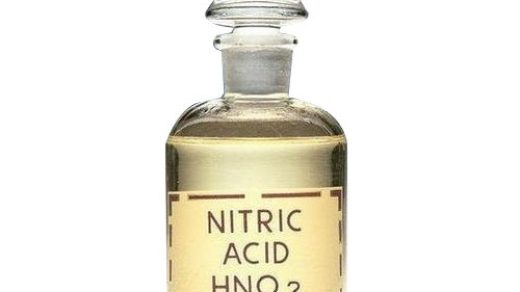
Description
Thermal and refractory ceramics are inorganic, engineered materials that are designed for high-temperature applications. They are used for thermal insulation and fire proofing, and also as structural materials. Additional applications include wear parts and tooling, electrical and electronic components, glass manufacturing, materials processing, corrosion protection, and ballistics.
Firebricks, Monolithics, and Fibers
Thermal and refractory ceramics include insulating firebricks, monolithics, and fibers. All are used in the manufacture of scientific, aircraft, and military equipment; semiconductor processing; and thermal processing applications.
- Insulating firebricks are shaped like rectangular slabs and used to line blast furnaces for smelting operations.
- Monolithics are heavy but versatile castable ceramics that sometimes contain high amounts of iron and alumina.
- Fibers are plastic foams made of ceramic clay. Generally, they have low shrinkage values.
Types
The GlobalSpec SpecSearch database contains information about many different types of thermal and refractory ceramics. Here are some examples.
- Hafnia is similar to zirconia and exhibits high refractoriness or thermal stability, and reasonable elevated temperature strength. Applications include films for optical coatings.
- Piezoelectric ceramics produce an electrical charge when a load is applied and deformation appears. They are used in pressure sensors, load sensors, microactuators, and piezoelectric motors.
- Rare earth oxides (REO) are manufactured from Lanthanide series metal oxides and can have unique chemical and surface-tension modifying properties.
- Sapphire ceramics are used in lasers, substrates, jewel bearings, watch crystals or other optical, wear, electronic, and specialized applications.
- Fused silica is a high-performance ceramic with very low expansion, remarkable thermal shock resistance, low thermal conductivity, excellent electrical insulation up to 1000° C, and excellent resistance to corrosion from molten metal and glass.
- Silicates are modified with magnesium and/or aluminum to provide sufficient dielectric properties.
- Steatite is ideal for high frequency, low loss, and high voltage insulation. It has good mechanical properties and low loss electrical qualities. It is ideal for resistor forms, igniters, standoffs, surge arrestors, coil forms, spacers, spark plugs, etc.
- Silicon nitride ceramics are difficult to sinter by conventional means, but have superior mechanical properties and form a protective skin at high temperatures.
- Yttria or yttrium oxide powders are used as additives for strengthening ceramics, forming phosphors, microwave garnets, and lasing garnets. Yttria shares many properties typical of REO materials.
Many other thermal and refractory ceramics are also available. Examples include ceria, cordierite, electrostrictive ceramics, forsterites, mullite, quartz, steatite, zirconia, zircon, and zirconium phosphate.




Recent Comments